New Zealand farm guide for August: Fight weeds, keep pigs warm, test soil, protect lambs, buy calves
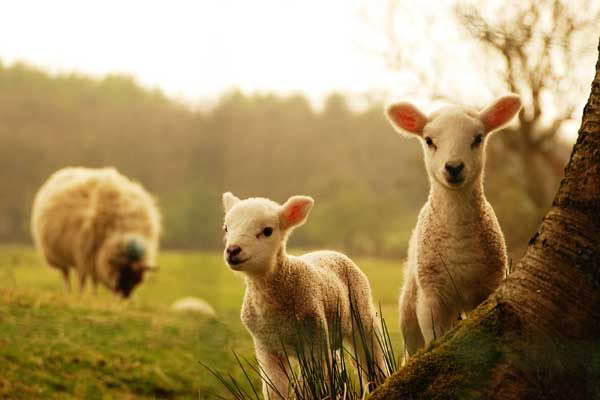
Some of us will still be cold, but for others, spring is stirring.
Words: Nadene Hall
WEEDS WILL BE ON THEIR WAY
If you’ve been feeding out hay you’ve brought in, either last summer or through winter, it’s highly likely there’s going to be a bed of weed seeds waiting to fight their way out of the ground in the next few weeks.
It’s a good idea to walk through your pasture every week or so and keep an eye out on what’s sprouting so you can get on to fighting it early when it’s a small problem.
TIP: If you do have to buy in hay, it’s a good idea to always feed it out in the one area in a paddock so you limit any spread of weed seeds (or any toxic plants) to one area, rather than all over your block.
PIGS
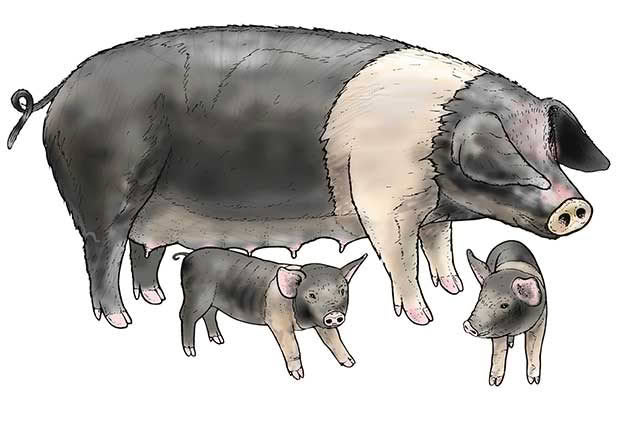
Pigs require protein every day (they are not herbivores) – weaners will probably need feeding twice a day. You will need good quality scraps and/or to be feeding pig pellets, in addition to pasture.
If you are considering getting pigs for the first time, it’s ideal to get two weaners, aged 7-8 weeks, to keep each other company and warm. It also gives you the option of having the bigger of the two butchered at 4-5 months of age for ham and pork, and the other 6-8 weeks later for bacon.
Pigs need good fences with outriggers and tight hot wires at 15cm and 30cm from the ground to keep them contained. If you are lining a pen with tin, put it on the inside of the fence as pigs like to chew on timber.
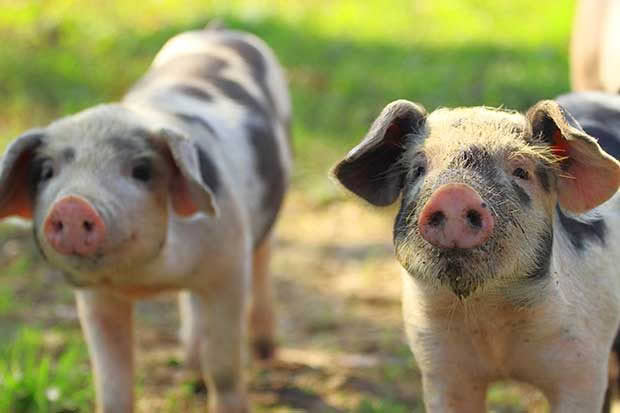
Collecting food scraps is a really economic way to grow pork, but you need to make sure any scraps that contain meat are boiled (100°C) for an hour, a legal requirement for any pig owner under the Biosecurity Act, to stop any chance of Foot & Mouth Disease.
Pig pellets and food waste that has not been in contact with meat or eggs is ok to feed uncooked.
Warmth is the key to good growth so the first basic is good shelter that protects pigs from wind, rain and sun, with good ventilation. Pigs don’t sweat, so in summer a deep mud wallow is always appreciated (the muddy ground is cooler) as is a shaded area, either a tree or a lean-to.
STOCKING
If all that spring grass has you itching to get more stock, think about numbers. The ideal stocking rate isn’t what you can carry in good times but approximately 75% of that, so you can more easily adapt if pasture is affected by drought.
GRASS
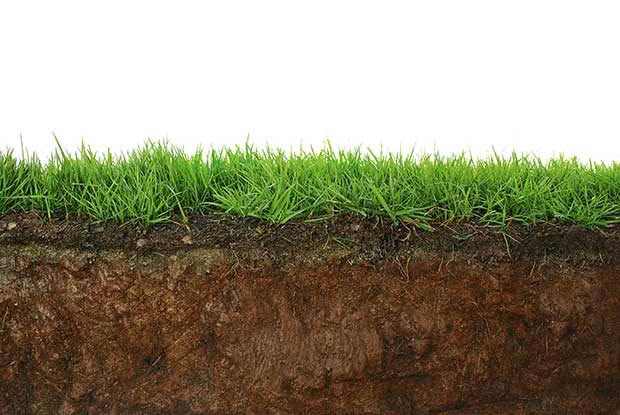
Don’t get too excited by lots of grass.
When pasture starts to come away, ration it carefully – you want to be able to feed lactating livestock on your best pasture, but you also need to have reserves for next month and the month after when young stock start eating it too.
Test your soil. Your pasture is going to need all the help it can get this spring, so knowing the condition of your soil is vital. You may choose to use a commercial chemical fertiliser or something organic, but whatever you choose, do a soil test first.
If your soil is poor and/or your block is recovering from a drought, pasture plants will be harder to grow. Fix your soil first.
CHECK IN WITH THE VET
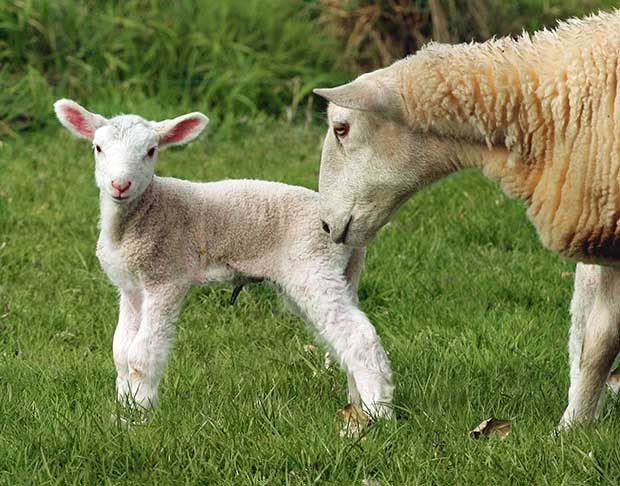
Check with your vet on the right vaccinations and timings for about-to-birth cows and sheep, and their calves and lambs at weaning, including for clostridial diseases like black leg, and leptospirosis.
Any twin or triplet lambs should be checked morning and night to make sure they are getting enough feed – a hollow tummy means you may need to feed the lamb extra milk, or take it off its mother and bottle-feed it.
LAMBS

Lactating livestock will be drinking a lot more water, and they’ll drink more if the supply is clean and easily available.
Make sure young lambs can’t jump/fall into troughs and drown by placing boards or mesh over the top so only a small area is available for drinking.
Talk to your vet about possible supplementation of iodine and selenium for lambs. Symptoms of iodine-deficiency include high death rate in newborn lambs. Selenium-deficient soil is relatively common in NZ and your vet will know if it is in your area.
It will particularly affect your lambs and symptoms include ill-thrift, diarrhoea, low milk production, low conception rates, and white muscle disease. Like iodine and copper, selenium can be toxic if you dose when it’s not required, so always work with your vet.
CATTLE
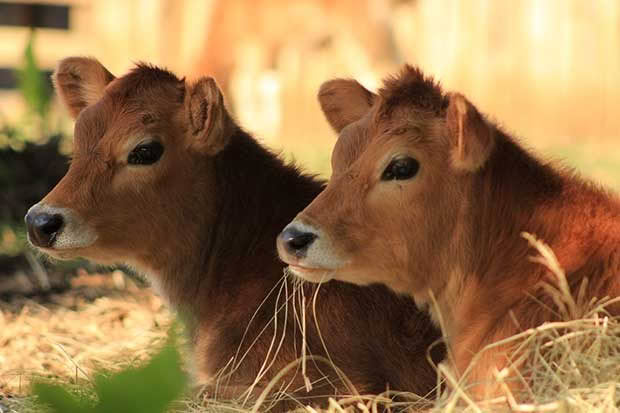
Check all cattle, including calves, for copper deficiency – your vet will need to do testing. Cattle that have had zinc treatment in summer, a parasite burden, and/or that have been on rations over winter will be at risk.
Symptoms include a lighter-coloured coat, anaemia, weight loss, scouring and poor growth rate. Early-born calves may be suffering too if their mothers are affected by low copper.
If you want to rear calves this year, there should be a good selection available this month.
It is better to buy calves for rearing direct from a farmer you know and trust, so you can be sure they have received four days of colostrum, the relevant vaccinations, and good after-birth care (ie navel sprayed with iodine).
If you do buy from a sale, look for strong, healthy-looking calves with clear eyes, a dry navel and no signs of scouring. Try to find out their background and talk to their owner if possible.
Don’t be tempted to buy the sickly-looking calf, if you want to rear an animal for profit – it will never catch up or be as valuable as a healthy-looking calf.
Love this story? Subscribe now!
 This article first appeared in NZ Lifestyle Block Magazine.
This article first appeared in NZ Lifestyle Block Magazine.
